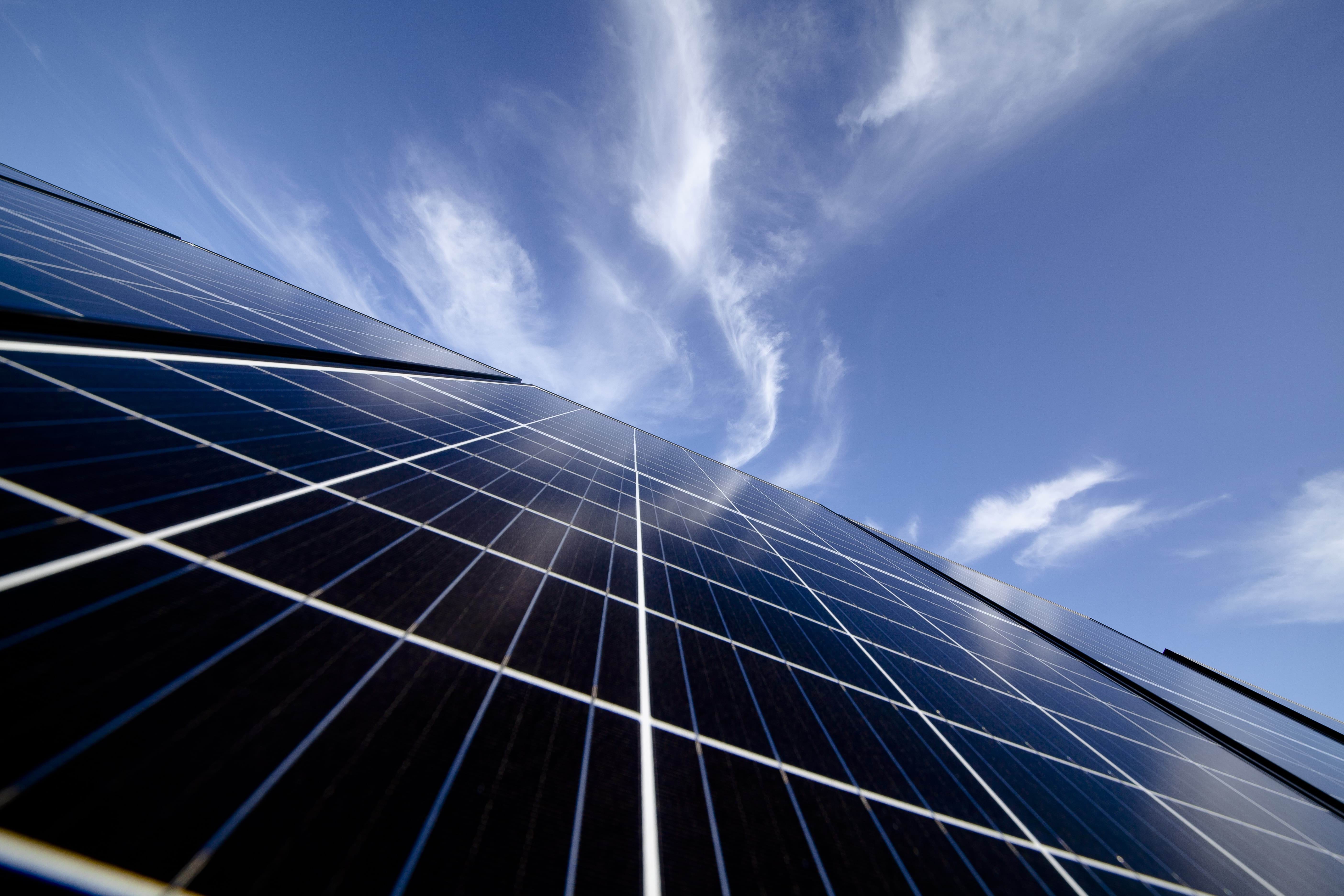On this page
For the Householder
Homeowners who are not happy about the way the inspection is carried out should speak to the inspector in the first instance and can contact Solar Victoria at installers@solar.vic.gov.au if the issue cannot be resolved.
For the Installer
The Solar Homes safety program involves inspecting a sample of solar PV and solar hot water systems as they’re being installed and after.
While installers and the people employing them have responsibility for safety, the audit’s objective is to get a picture of the standard of work delivered under the Solar Homes program, to provide feedback to the industry and take further action, if needed.
The purpose of the safety inspection program is to identify areas across the industry which require improvement and to ensure industry understands its obligations.
WorkSafe and Energy Safe inspectors are visiting homes as systems are being installed with a focus on working at heights, and general electrical safety. Post installation inspections will look at the quality of the work and whether there are issues that need to be followed up with the solar retailer and/or installer.
The post-installation inspection will be comprehensive and include overall electrical safety to ensure systems are safely installed to Australian Standards and Clean Energy Council Best Practice Guidelines.
- Electrical safety: Check of conduit placement, ingress protection, fuses, location and quality of DC isolators.
- Equipment: Inspections will also ensure PV modules and inverters are on approved products lists, and that they are installed to ensure manufacturer’s warranties are intact.
- System design and functionality: Inspections will ensure solar systems have been designed appropriately e.g. with correct sizing, aspect and shading tolerances, and are operating as expected.
- Documentation and credentials: Audits will check installers’ accreditations and licences will be checked, and required installation documentation will be sighted
- Customer experience: Auditors will ascertain the professionalism and conduct of the installers and broader customer experience through engagement with the customer.
Auditors for the Solar Homes Program use a checklist when they conduct audits.
You can download all the questions they base their inspection of PV installations on, plus the additional information they document, on the Audits page.
Determination of inspection and audit locations is based on areas which have high activity, companies delivering a large amount of work and those about which issues have been raised.
Random visits, as part of the normal work of regulators such as WorkSafe and Energy Safe also forms part of the program. As part of a national program of inspections the Clean Energy Regulator also performs selected post-installation audits 12 to 18 months after installation.
In the case of safety visits, the WorkSafe or Energy Safe inspector will just arrive. In the case of post-installation inspections, the customer will be contacted by an independent auditor who will make an appointment. It will be necessary for the householder to be home for the inspection which will take about two hours. On arrival, they will show identification, and provide information about what will be done.
Roof access will be required for post-installation inspections so work on the solar panels and wiring can be checked. The inspector will have all necessary equipment to do the work and insurance to cover the cost of any damage.
At the end of the inspection the inspector will talk to the customer about the findings and the installer will be given a report.
If the inspector finds an installation needs rectification work the customer will be informed and advised of the next steps. Some issues will be considered by an inspector safety committee which includes members from Solar Victoria, WorkSafe, Energy Safe, Victorian Building Authority, Consumer Affairs Victoria and the Clean Energy Council. This group will consider any action already taken by individual agencies and determine whether the matter needs to be referred to the CEC or Solar Victoria for further action. Installers are bound by the CEC’s Installers Code of Conduct and Solar Victoria can make determinations about whether individuals or companies can take part in the Solar Homes program.
Read more about all the steps in the audit process on the Audits page.
Equipment fitted to a home will be new and covered by manufacturers’ and installation warranties under the Australian Consumer Law. As professionally-qualified and experienced people, installers have responsibilities for workplace and electrical safety under Victorian law. The Licensed Electrical Inspector who signs off on the installation also has obligations. Auditors also carry insurance.
It is possible that some homes will be inspected more than once. As noted above, Licensed Electrical Inspectors are required to check every system for electrical safety shortly after installation. Solar Victoria may then contact you for a post-installation inspection. The Clean Energy Regulator also performs selected post installation audits 12 to 18 months after installation.
Inspections are an additional check, to those conducted by the professionally trained and experienced installation team and the licensed electrical inspector. It is not practicable or financially possible to audit every installation.
No, Solar Victoria is setting standards for participation in the Solar Homes Programs only. All other regulatory requirements currently in place will continue to apply and need to be met.
Solar Victoria will monitor inspection times and in collaboration with industry identify and develop training needs and workforce development programs to support ESV in the quality and timeliness of inspections.

Audits
We are working closely with regulators, retailers and installers to create a safer solar industry through rigorous safety and quality standards and our audit program.

Solar PV audit checklist and guidance
Installers can use our audit checklist and guidance to advance their understanding of compliance standards.
Updated

